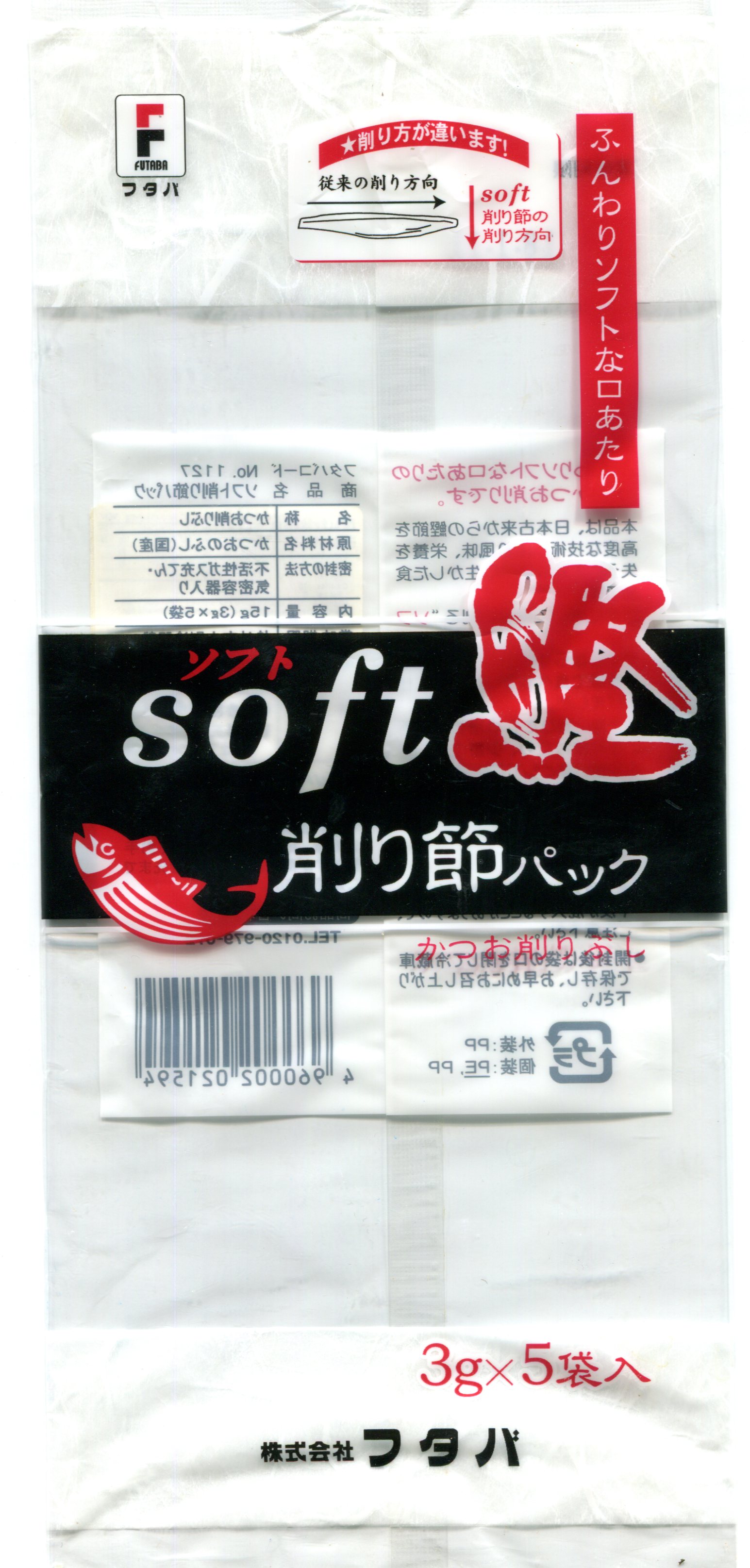A staple of Japanese cooking, bonito flakes look a little like pencil shavings, but are more delicate. We always have them around the kitchen, in packages large and small. The empty package I scanned is Futaba brand bonito flakes.
 “Bonito is a kind of tuna, and Katsuobushi is dried, smoked bonito,” Japanese Cooking 101 says. “Katsuobushi is often used as flakes shaved from a piece of dried fish…
“Bonito is a kind of tuna, and Katsuobushi is dried, smoked bonito,” Japanese Cooking 101 says. “Katsuobushi is often used as flakes shaved from a piece of dried fish…
“Katsuobushi has a smokey savory taste that is a great accent for many Japanese dishes. Because dried bonito is packed with lot of umami (savory taste), it is perfect for making dashi (fish broth) with which is a crucial component for Japanese cooking. Katsuobushi also can be used as is, sprinkling on simple vegetables to give a deeper flavor instantly.”
I knew it first from okonomiyaki, an Osaka and Hiroshima specialty sometimes called a Japanese pancake, a term that describes the shape of the food, but misleads about everything else important: taste and texture. Okonomiyaki includes flour, eggs, shredded cabbage, and a choice of protein, and topped with a variety of condiments — especially a brown sauce we call okonomi sauce, and bonito flakes.
Bonito is also good eating as a regular fish dish. Especially in Shikoku, and even more especially in Kochi prefecture in the southern reaches of the island. I encountered it at Cape Ashizuri in ’93.
“The minshuku [was] our accommodation for the night, and completely fogged in. The evening meal made up for it by being excellent, especially the bonito sashimi,” I wrote about the visit.